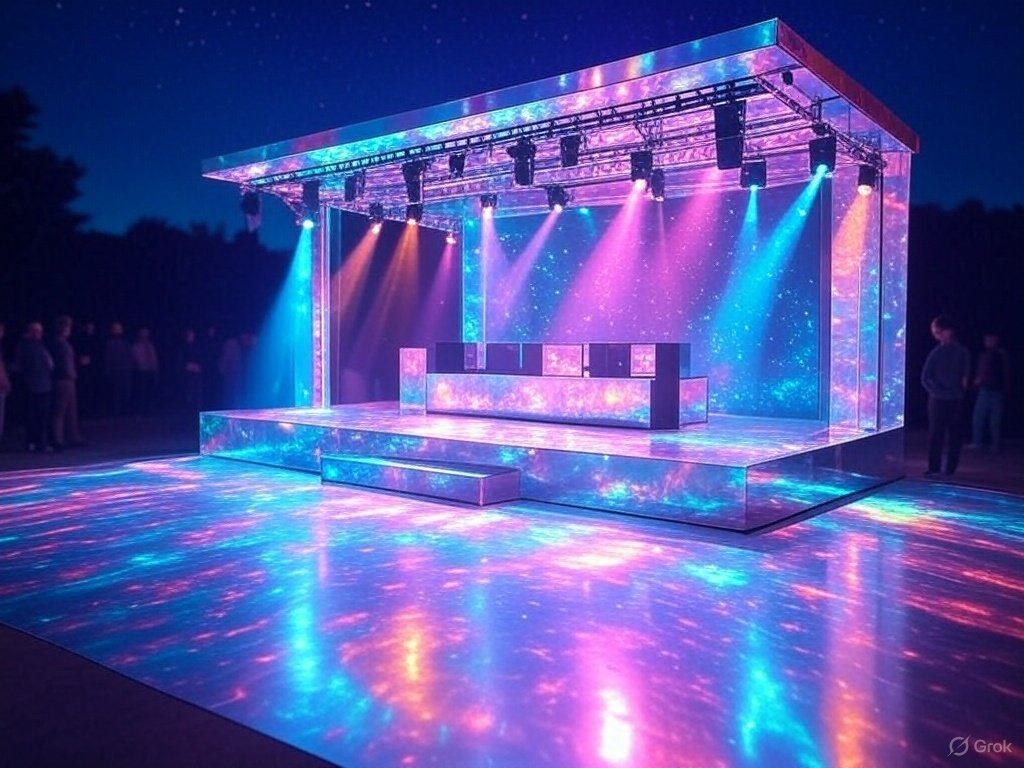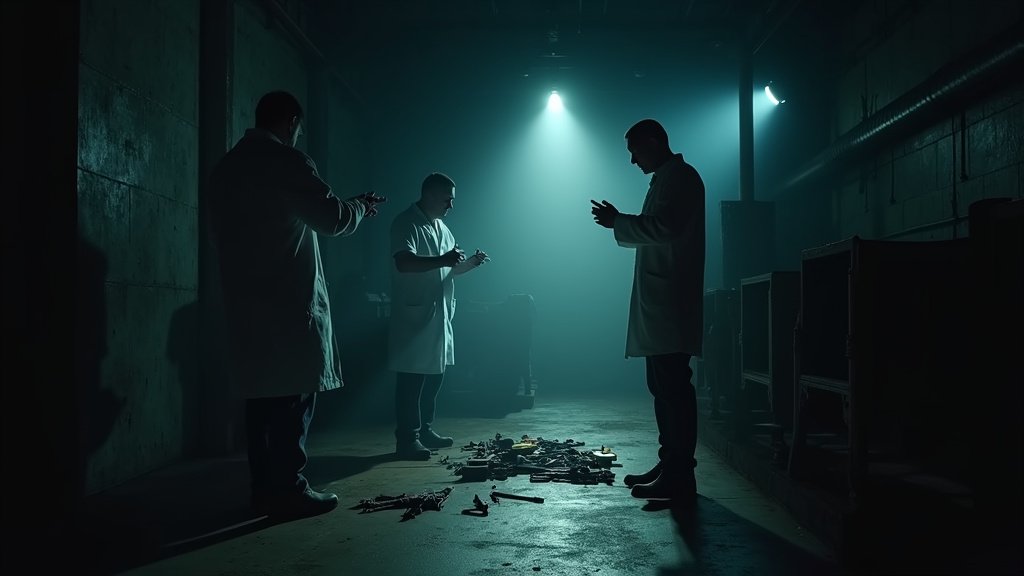From sold-out stadiums to sold-out servers, the last two years have seen a seismic shift in how artists connect with fans. Virtual concerts—once a niche experiment—are now polished productions complete with motion-capture avatars, interactive chatrooms, and multi-platform ticketing. Beyoncé’s “Renaissance World” tour sold over 1.2 million digital tickets in under 24 hours, while emerging DJs in Berlin host VR warehouse raves for thousands worldwide. But beyond the novelty lies a mature ecosystem: virtual stages offer new revenue streams, unprecedented global reach, data-driven fan insights, and a dramatically lower carbon footprint. Here’s how digital performances are redefining live music in 2025—and what it means for artists, promoters, and fans alike.
The Technology Powering Digital Stages
At the heart of every virtual concert is an intricate blend of hardware and software. Motion-capture suits outfitted with dozens of sensors allow performers to translate every gesture into a digital avatar in real time. High-resolution LED screens and 3D projection mapping recreate immersive environments—whether a neon-lit metropolis or an alien desert—without ever leaving the studio. Audio is mixed live through cloud-based platforms, ensuring that thousands (or even millions) of attendees hear crisp, latency-free sound.
On the consumer side, fans can choose their experience: a fully immersive VR headset that places them “on stage,” a desktop browser view with customizable camera angles, or a mobile app with 360° panoramic video. Interactive overlays let viewers trigger pyrotechnics, launch virtual confetti, or vote on setlists mid-show. Integrated chatrooms and “cheer” functions bring a sense of community that transcends physical distance, blurring lines between the concert hall and the living room.
Artists Customizing Fan Interactions
Gone are the days when fans simply watched and applauded; today, they co-create the show. Emerging DJs like Denmark’s Kaya Noir empower audiences to vote on the next track drop, while pop acts such as ARIA embed Easter eggs—hidden visual gags or alternate camera feeds—that only unlock after collective viewing milestones are reached.
Superfans can purchase VIP tiers that grant backstage “meet and greets” via private video rooms, digital merchandise drops (think NFT-backed virtual posters), or even cameo appearances on stage through holographic guest spots. These innovations deepen emotional bonds: fans aren’t passive observers but active participants whose choices materially shape the performance.
Promoters, Platforms, and New Revenue Models
Traditional promoters have partnered with tech companies to co-produce virtual festivals that rival Coachella and Tomorrowland in scale. Platforms like VirtuLive and StreamStage handle ticketing, rights management, and content distribution across social channels. Their white-label solutions allow smaller promoters to host “pop-up” virtual shows within days, democratizing access for indie labels and DIY artists.
Monetization extends far beyond ticket sales. Data-rich platforms slice revenue across pay-per-view, subscription tiers, branded sponsorships, and in-show tipping. Brands sponsor virtual stages or decorate digital festival grounds with interactive activations—an ad-revenue stream that rivals on-site branding. Merchandise booths are reimagined as clickable 3D kiosks where fans can preview and buy physical goods or digital wearables for their avatars.
Data Insights: Understanding Your Global Audience
One of the greatest advantages of virtual concerts is the trove of real-time analytics they generate. Demographic breakdowns reveal where in the world fans are tuning in—Miami, Marrakech, Melbourne—allowing artists to tailor future tour legs or digital meet-ups accordingly. Engagement metrics (chat activity, emoji reactions, voting participation) signal which moments resonated the most, empowering performers to refine their live experience.
These insights feed into more personalized marketing: automated follow-up messages offer region-specific merch bundles or localized show archives. On the B2B side, promoters use heatmaps of viewer attention to justify sponsorship rates and optimize platform performance. In short, digital concerts turn guesswork into data-driven strategy.
The Environmental Upside
Touring is one of the most carbon-intensive sectors of live music: air freight for equipment, bus convoys for crew, and tens of thousands of fans flying in city to city. Virtual concerts dramatically reduce this footprint. By shifting even a fraction of the live-event calendar online, the industry slashes greenhouse-gas emissions while preserving the communal thrill of performance. Some major festivals now offer hybrid experiences: a limited in-person audience attends a live stage, while millions more join virtually—combining the best of both worlds.
Challenges and Criticisms
Despite rapid innovation, virtual concerts face hurdles. Technical glitches—server overloads, synchronization issues, or VR sickness—can derail the experience. Not every artist feels comfortable performing to a camera without a live crowd’s energy, leading to a smaller roster of tech-adept performers. Ticket pricing also remains contentious: some fans balk at paying full concert prices for a screen-based event, prompting promoters to experiment with tiered pricing and bundling digital plus physical perks.
Moreover, the sheer abundance of virtual events risks fatigue. With low production barriers, the market could become oversaturated, making curation and discoverability paramount. Niche platforms may struggle to differentiate themselves, while consolidation among major players could recreate the old gatekeeper dynamics virtual concerts sought to eliminate.
Looking Ahead: The Future of Live Music
The next frontier blends AI, blockchain, and immersive tech. AI-driven light shows will react to audience sentiment in real time, while blockchain-based tickets ensure tamper-proof access and a transparent secondary market. Architects of the Metaverse are already drafting “permanent venues”—virtual amphitheaters where artists can build fan communities year-round, hosting not just concerts but Q&As, workshops, and launch parties.
On the creative side, expect more cross-media mashups: live-streamed performances that integrate narrative arcs, gamified quests, and real-time collaborations with remote musicians. Imagine a global jam session where players from Tokyo, Toronto, and Timbuktu lay down tracks simultaneously, mixed live into an evolving soundscape.
Conclusion
Virtual concerts have evolved from pandemic-necessity novelties into a robust pillar of the live-music ecosystem. They offer artists unprecedented reach, offer fans interactive immersion, and provide promoters with flexible, data-driven revenue models—all while mitigating environmental impact. While technical and economic challenges remain, the digital stage is here to stay. As technology continues to mature, the gap between IRL and URL performances will narrow further, delivering new creative possibilities and reshaping how we experience music together—no matter where we are in the world.





